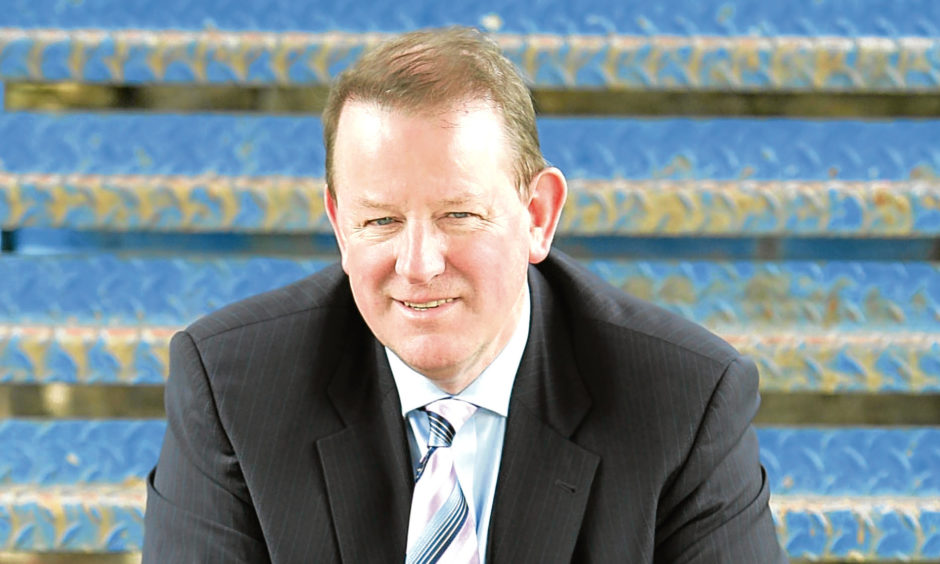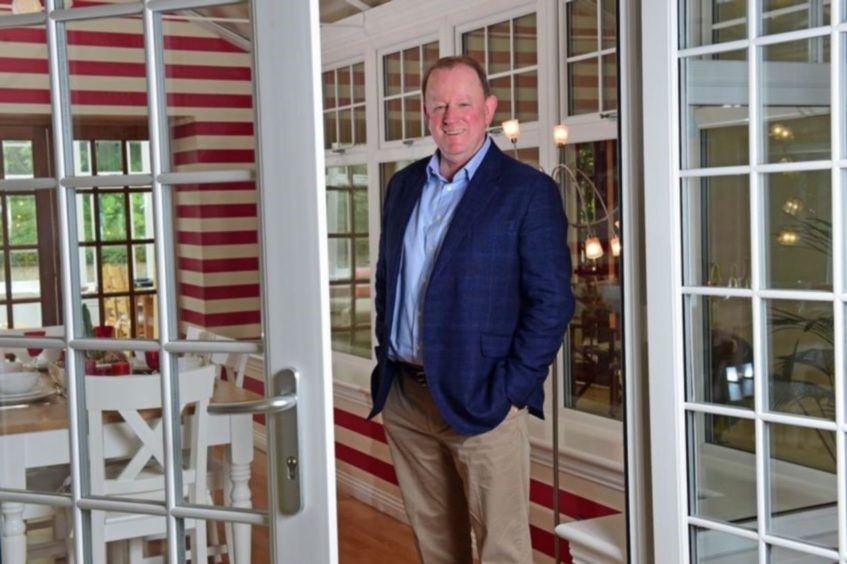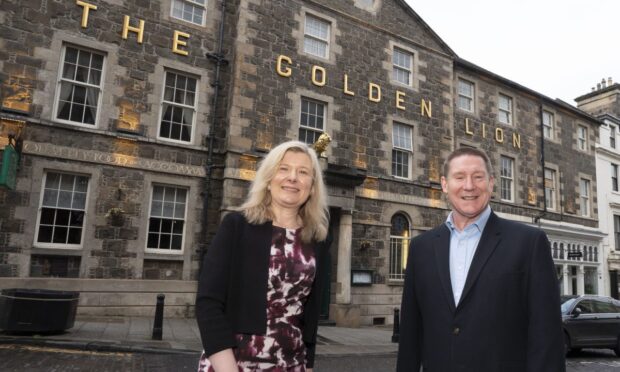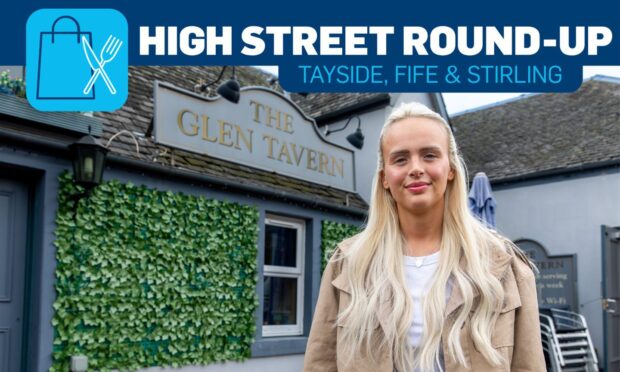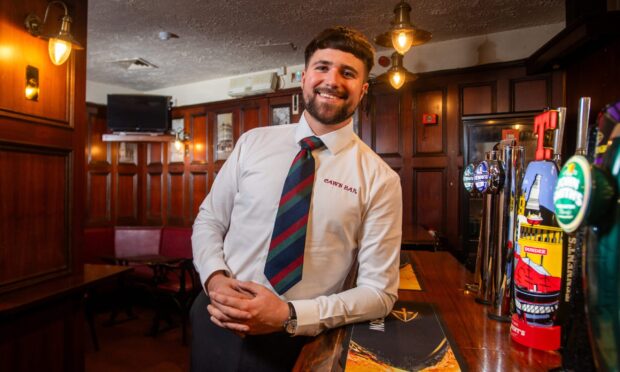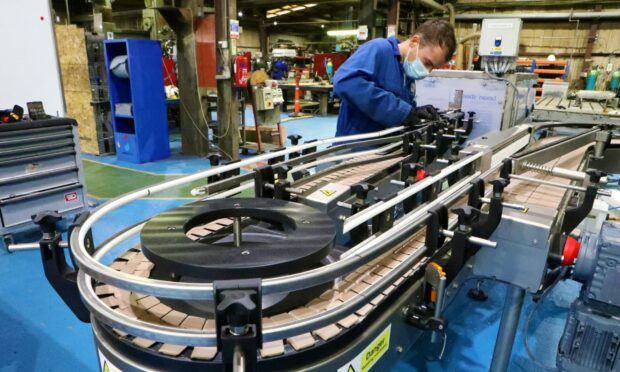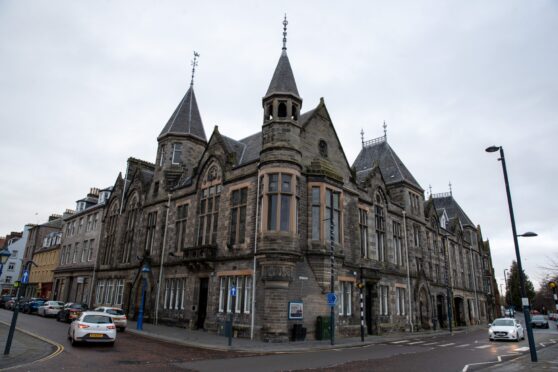“I can think of no greater act than to help a young person into a job.”
Gerard Eadie purchased CR Smith when he was a 22-year-old in 1974 and continues to lead the Dunfermline company which employs hundreds of staff.
He started the Hand Picked training scheme to help young people into employment in 2012.
He shares his views that companies need to keep investing in 16-24 year olds who are at most risk of unemployment during the recession.
GERARD EADIE, EXECUTIVE CHAIRMAN OF CR SMITH AND FOUNDER OF HAND PICKED
As a consequence of the pandemic a lot is now being said about “corporate purpose” and where and how a business can have a positive impact on society.
I can think of no greater act than to help a young person into a job.
The disruption caused by Covid-19 affects the current generation of 16-24-year-olds leaving school or college more deeply and more worryingly than any other.
There are far fewer jobs available as companies cut back, while the type of jobs being created are also changing as organisations turn to greater automation and home working.
Moreover, the jobs we have been overwhelmingly preparing our young people to do, and where many have “learned the ropes” of employability in the past, in hospitality and retail, have been decimated.
Following this crisis, getting young people work-ready and into employment is a challenge with many new and different dimensions.
It is a situation that requires radical thinking about skills development and how we prepare young people for the workplace.
So far, the response we have seen has been a plethora of reports launching new initiatives.
But when all require businesses to create jobs at a time when trading for most is likely to be unpredictable for months ahead, I am yet to feel convinced.
The Advisory Group for Economic Recovery headed up by Benny Higgins warned that our young people could be “scarred” by the lack of opportunity and put forward plans for a Scotland Guarantee scheme.
Its programme for a two-year traineeship was ambitious and the government has since published its paper, No One Left Behind, which builds on the original scheme to cover a university or college place, an apprenticeship, a place on a volunteering programme and employment, including work placements.
The UK Government’s Kickstart scheme kicks in in November.
It wants individual or groups of employers to take on a minimum of 30 people aged between 16-24 for a six-month paid work placement.
In return the government will pay 25 hours of their salary per week and fund training costs to the tune of £1,500.
The reality is that all these government-led work-based schemes rely on employers creating new jobs.
Right now, this requires collaboration between government and the private sector on an entirely new level to make them work both in the short and long term.
Both are also not too dissimilar to Hand Picked, a jobs programme that I founded and which many forward-thinking Fife and Tayside-based companies have supported over the past eight years.
As part of the Hand Picked network, we ask our employer partners to give a young person a 12-week meaningful paid job so that they learn the expectations of the workplace and take that experience to their next job interview.
Our belief has always been that young people learn about a job best, in a job.
We work on shorter timescales to those proposed by the Youth Guarantee and Kickstart schemes to encourage small businesses to get involved and last year we supported 118 young people through this programme, with a near perfect result for positive outcomes.
Our ambition now is to support the Kickstart programme as a gateway for employers that do not meet the minimum requirement of 30 job placements but who can create one or two valuable opportunities for these young people.
Youth unemployment affects us all and the solution is in the hands of businesses of all sizes.
Hand Picked was developed in the wake of the 2008 financial crisis and we learned a lot of lessons about the practical needs of young people and businesses alike which can be adapted for the present circumstances.
It is designed entirely from an employer’s perspective to give young people a true sense of work expectations.
Moreover, it is a business to business initiative that builds on mutual understanding and motivation to create job opportunities.
The backbone of most businesses is made of young people who have grown up with the company.
This approach makes Hand Picked unique among the many employability schemes that exist and we can evidence its overwhelming success and effectiveness.
At Christmas, around 150 young people will leave schools in Fife and in and around Dundee that number is about 60.
These young people have already had their education and exams disrupted, they will miss the opportunity for seasonal work and will face the very real possibility of having no job and no training place to go to.
What to do? There is no easy answer except that all businesses can play their part.
Businesses create jobs. Business communities help one another.
Whether it is simply giving someone a Kickstart or Hand Picked job opportunity or providing support to young people in our network, make that a corporate purpose and all the good intentions of government policy might just be turned into success.

